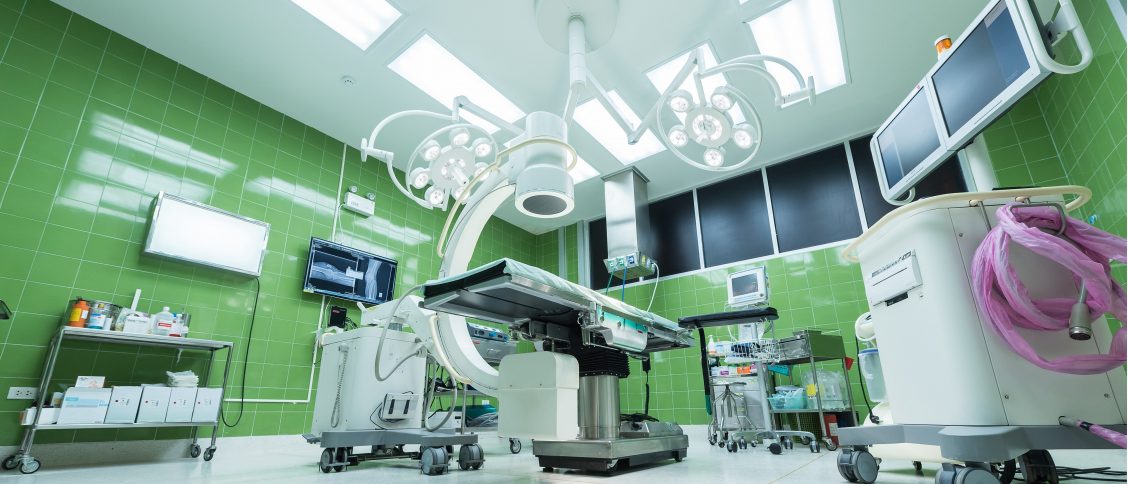Walking in partial support
To move around with canes, it is strongly recommended to wear a pair of closed, flexible shoes without too many heels. There can be a lot of issues regarding the best in the business.
Advance both canes. Bring the operated leg forward, then the good leg, and repeat. Lean on the canes to relieve the operated leg.
Walk with both canes for four weeks. Then you can walk with a cane, held on the opposite side of the operated leg, for one to two weeks depending on your recovery. Get in touch with the best prosthetics near me to get the job done.
Risk of dislocation: positions to avoid
Here are some movements that are difficult for you to perform at the moment and which you will be prohibited from for six weeks after the operation: forced rotations, crossing of the legs, forced flexion of the hips (beyond 90 degrees).
- Sit down, do not cross your legs.
- To turn, avoid twisting the pelvis and instead move your feet in small movements.
- Avoid a chair that is too low.
- Avoid picking up an object by leaning forward and to the side.
Positions for sleeping
It is advisable when lying down, to choose one of the following four positions:
- Put a cushion between the legs to avoid crossing them and limit rotations.
- Lie on the operated side with a pillow between your knees.
- Lie on the opposite side to the operation keeping a stabilization cushion under the operated leg.
- Place a hoop, for example, cut cardboard, to remove the weight of the blankets on the feet.
These tips are valid for the first six weeks following the operation.
Getting out of bed
To get up, go through the following two steps:
- Sit up in bed first, resting on both hands.
- Then rotate the legs and the pelvis at the same time, using the sound leg as a help. Once seated on the edge of the bed, get up quietly.
- To lie down, do the reverse maneuver.
Two tips for getting up:
- always move both legs at the same time
- put a plastic bag under your bottom to make it easier to pivot.
Seat heights
The height of the chair should be at least equal to the distance from the floor to your knee. Install for example:
- pads under the bed or an extra mattress
- a wall bars
- a WC raiser (available with integrated armrests)
- in the chair, a dense foam cushion or pads under the feet.
If you sit on a lower seat (at a friend’s house, in the car), stretch the painful or operated leg forward and leave it stretched as long as you are seated. Do the same to get up.
The toilet
To get into the tub, use a bath board. Proceed in the same way as to get into bed: sit down and rotate your legs and pelvis at the same time. To clean the operated leg and drop foot brace: use a long-handled sponge or a back brush. Don’t forget the non-slip mat at the bottom of the tub.
In the shower tray, to be safe, you can install a garden chair to proceed with your toilet. Use a large bath towel to dry yourself off without leaning forward.
Sit down to get dressed
Start with the painful or operated leg. Some technical aids help you put on:
- briefs, pants, skirts: strap with two clothes or stationery pegs, two safety pins, long-handled clip, suspenders
- socks: a sock aid
- shoes: a long-handled shoehorn, elastic laces or rings, and hooks for Velcro fasteners.
Do not cross your legs to get dressed, because there is a risk of dislocation!
To go up and downstairs
To ascend, start with the non-operated leg. Lean on the ramp or on your canes. These always accompany the painful or operated leg. Go up or down one step at a time. Bring both feet to the same step before reaching the next one. To descend, start with the operated side.
To pick up something
Lean on a stable surface (wall, chair, furniture). Extend the painful or operated leg backward and lean forward.
By car
Go upfront. Move the seat as far back as possible and tilt the backrest backward. Sit sideways, with your back to the car, the painful or operated leg stretched forward. Rotate the pelvis and the legs at the same time, as one unit. Same for going down. You can help yourself with the non-operated leg.
walking
Walking is part of your rehabilitation. Do not hesitate to walk outside several times a day. For other activities, your doctor or surgeon will advise you individually.
Sexual relations
Let your partner be more active. And avoid dislocating movements (mainly hip flexion and rotation).
Household activities
Do not hesitate to call on a housekeeper. Preferably use long-handled utensils (wringer broom, long-handled pliers, shovel, and broom idem).
Carrying loads
For your shopping, consider a shopping cart or a small backpack. Inside, use a rolling table to help you move your dishes, your laundry, your tools. For travel, take a suitcase on wheels.
The Living
To get into the tub, use a bath board. Proceed in the same way as to get into bed: sit down and rotate your legs and pelvis at the same time. To clean the operated leg and drop foot brace: use a long-handled sponge or a back brush. Don’t forget the non-slip mat at the bottom of the tub.
In the shower tray, to be safe, you can install a garden chair to proceed with your toilet. Use a large bath towel to dry yourself off without leaning forward and more
The resumption of sports
It is done after the agreement of your surgeon from the third month. Swimming, golf, cycling, skiing can be resumed without risk. High impact sports such as running, football, basketball, combat sports are not recommended after the installation of a total hip replacement.
Good reflexes
If you have to bend down, for example to garden, you can adopt these tw







